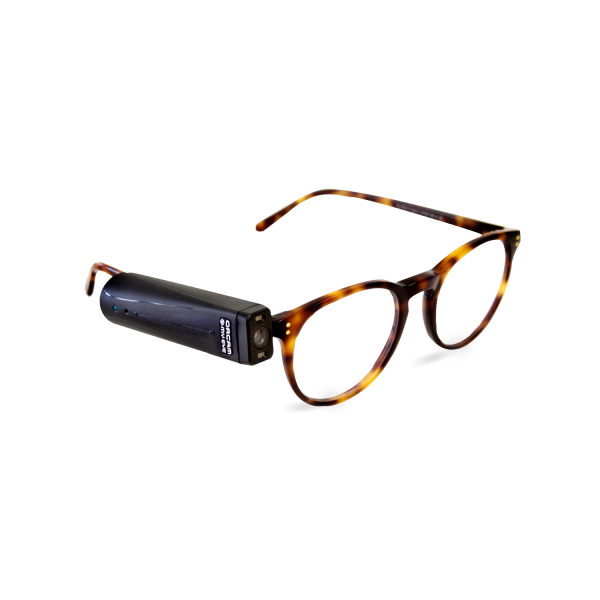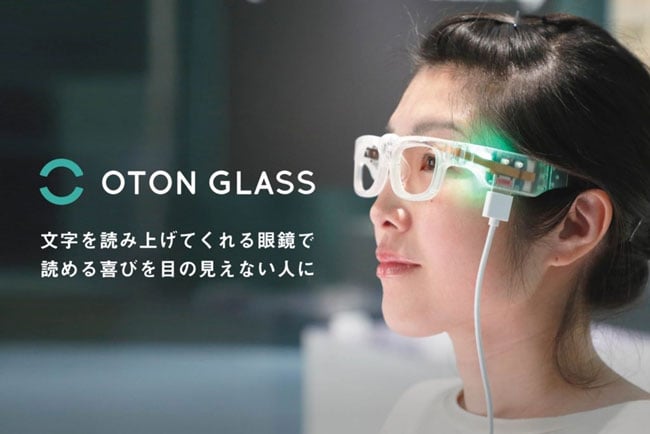The Future of Assistive Technology for the Blind: Empowering Independence
The Future of Assistive Technology for the Blind: Empowering Independence
Blog Article
Cutting-edge Solutions in Assistive Innovation for Visual Disability
The landscape of assistive technology for visual problems is progressing quickly, presenting a variety of ingenious solutions that improve access and self-reliance. From advanced smartphone applications that facilitate navigating to wearable gadgets created for real-time support, these tools are reshaping the experiences of those with aesthetic problems. The integration of wise home technologies and instructional resources has the possible to foster higher community interaction. However, the effects of these advancements elevate crucial inquiries about their access and effectiveness in varied contexts, warranting a better exam of their wider influence.
Improvements in Smart Device Applications
Over the last few years, advancements in mobile phone applications have actually dramatically changed the landscape of assistive modern technology for people with aesthetic problems. These applications take advantage of the powerful sensors and capabilities of modern smartphones to provide users with tools that boost freedom and access in their day-to-days live.
Remarkable amongst these technologies are applications made for item recognition, which utilize the smartphone's camera to recognize products and offer verbal summaries. Such attributes equip individuals to navigate their environments better, whether determining products in stores or situating personal belongings at home. In addition, text-to-speech applications have enhanced substantially, allowing users to record published text via their gadget's video camera and obtain immediate audio responses, thus facilitating analysis and comprehension.
Community-driven applications have actually fostered social interaction and source sharing amongst people with visual impairments, producing an encouraging network that enhances their quality of life. Generally, smartphone applications have ended up being vital allies in advertising autonomy and ease of access for individuals with aesthetic problems.
Wearable Instruments for Navigation
Wearable devices for navigation have become a groundbreaking service for people with aesthetic problems, offering hands-free support that improves flexibility and orientation. These devices usually make use of innovative technologies, consisting of GPS, ultrasonic sensing units, and fabricated knowledge, to provide real-time feedback and instructions to customers as they navigate their environment.
One significant example of wearable navigating innovation is smart glasses, which can detect barriers and relay auditory or haptic comments to the wearer, permitting for effective and safe activity in various setups. Other tools, such as vests and belts outfitted with sensors, can similarly notify users of their environments by offering alerts about neighboring items or modifications in terrain.
In addition, several wearable devices integrate with mobile phone applications, making it possible for individuals to tailor their navigation choices and receive tailored course tips. This personalization can substantially boost the individual experience, encouraging individuals to travel with better self-confidence and self-reliance.
As modern technology remains to establish, the possibility for wearable navigation devices to enhance the top quality of life for people with visual disabilities continues to be substantial, leading the way for even more inclusive and available environments.
Smart Home Innovation Assimilation

In addition, clever home appliances geared up with tactile user interfaces or acoustic comments offer intuitive communications that provide specifically to the needs of those with aesthetic disabilities. Clever refrigerators can announce their materials and expiration days, while wise ovens can lead individuals through the food preparation procedure with audio guidelines.
Home automation systems, such as wise doorbells and security electronic cameras, provide peace of mind by permitting users to obtain notifies and access live feeds by means of their mobile phones, boosting personal safety and security (AI-powered visual aids). Furthermore, assimilation with mobile phones and tablet computers guarantees that customers can handle their home atmosphere from anywhere within their properties
As smart home modern technology continues to advance, it holds the potential to change the living experiences of people with visual disabilities, cultivating self-reliance and boosting lifestyle in a significantly connected world.

Educational Equipment and Resources
Access to efficient academic devices and sources is critical for individuals with visual disabilities, as it encourages them to engage fully in their discovering experiences. Numerous assistive technologies have been developed to enhance ease of access and foster independent discovering.
Additionally, instructional software program specifically designed for visually impaired users provides functions such as high-contrast modes and customizable text sizes. These devices suit varied discovering styles and make sure that pupils can customize their instructional experience to their requirements.
Moreover, access to audio books and digital libraries broadens the variety of available discovering materials, enabling pupils to discover subjects detailed without the limitations enforced by standard print resources. Collaborative systems that incorporate access functions also facilitate team projects, making certain that visually impaired trainees can contribute meaningfully alongside their peers.
Neighborhood Support and Involvement
A robust network of area support and involvement is necessary for individuals with aesthetic impairments, cultivating an inclusive setting where they can flourish. Area organizations, neighborhood advocacy teams, and volunteers play a critical duty in offering sources, information, and friendship, which are vital for improving the top quality of life for those impacted by aesthetic impairments.
Interaction activities such as workshops, gatherings, and support system not only help with skill growth however also advertise social communication, minimizing feelings of isolation. These campaigns urge individuals to share difficulties, successes, and experiences, consequently enhancing community bonds. In addition, partnerships with local organizations can cause greater accessibility in public rooms, even more incorporating people with visual problems into the area.
Innovation also boosts area engagement via on the internet systems that use online support system and resources, permitting individuals to link no matter geographical barriers. By using both in-person and digital services, neighborhoods this content can create a detailed support network. Eventually, cultivating partnership amongst various stakeholders-- consisting of families, teachers, and medical care professionals-- makes sure that individuals with visual problems receive the alternative assistance necessary to navigate day-to-day life effectively and with dignity.
Verdict
Innovative services in assistive innovation for aesthetic impairment substantially boost the lifestyle for individuals dealing with these obstacles. The assimilation of smartphone applications, wearable gadgets, wise home modern technology, and educational tools fosters higher self-reliance and access. Moreover, community support and interaction additional equip aesthetically damaged people, advertising inclusivity and engagement in numerous facets of life. Jointly, these innovations not just change day-to-day experiences yet additionally lead the means for a much more fair society.
The landscape of assistive innovation for visual disability is developing rapidly, offering a variety of ingenious solutions that boost availability and self-reliance. Community-driven applications have cultivated social interaction and resource sharing amongst individuals with visual problems, producing a supportive network that improves their quality of life. On the whole, mobile phone applications Click This Link have come to be vital allies in promoting freedom and ease of access for people with visual problems.
Lots of people with visual problems are discovering better freedom through the combination of smart home modern technology.Ingenious solutions in assistive innovation for visual disability significantly boost the quality of life for people facing these difficulties.
Report this page